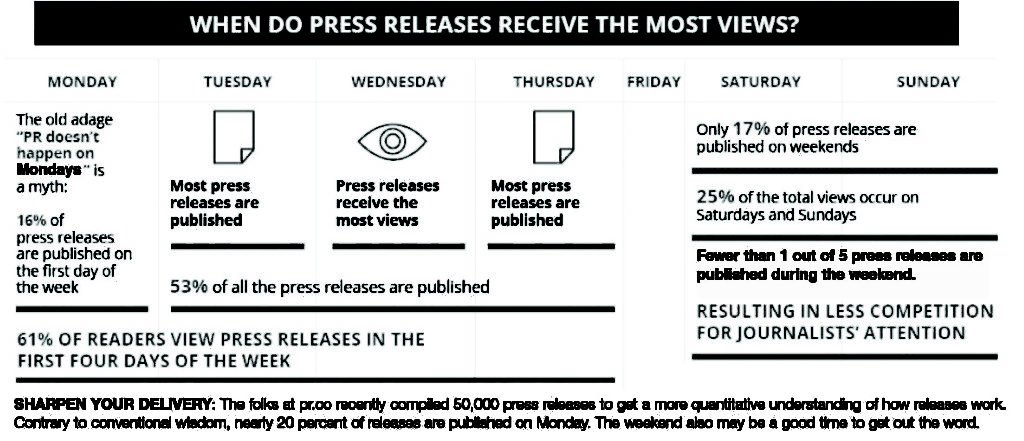When the National Retail Federation (NRF) released its holiday sales forecast last year, the organization’s PR team arranged for CEO Matthew Shay to speak with reporters from some of the top media outlets, including Associated Press, Bloomberg, Dow Jones and WWD. During each interview Shay discussed the holiday sales forecast. But he made sure to cater the message to the individual media venue and tailor his comments for each interview.
This way, the news stories about the forecast would include a series of organic quotes from Shay instead of the same or similar comments—cribbed from the press release—in every single story.
“We have a full sheet of talking points so [the message] comes out a little differently for each outlet,” said Kathy Grannis, senior director of media relations at the NRF, which represents more than 1.6 million U.S. retail establishments. “So as to not step on any toes, we make sure our CEO is prepped with several layers of messaging.”
As its media strategy for the holiday season demonstrates, the NRF takes a proactive approach when it comes to how it cultivates relationships with the media. “In the past we would have sent an embargoed release to the top five reporters covering the space,” Grannis said. “We’re now looking for a different way” to build relationships with reporters.
Being more sensitive to the needs of pressed-for-time journalists is one way that companies and organizations can improve their media relations.
Being less transactional may be gaining currency, too. “The best pitch is no pitch,” said Tina Beaty, account manager at Porter Novelli. “It’s more the art of storytelling; not cramming information into a [press] release, but explaining to a reporter, ‘Here’s why this will matter to your world and here’s how I can help bring it to life.’”
Media relations is a very different animal these days. PR pros must navigate shrinking newsrooms, which contain fewer reporters who are increasingly spread thin.
The void has been filled somewhat by digital media outlets, bloggers and other so-called media influencers. But many of these outlets are low-hanging fruit and can’t provide PR pros with the reach of traditional media properties.
The ongoing media disruption means PR pros have to develop strategies for getting out their message, said Larry Parnell, an associate professor and director of The George Washington University Master’s in Strategic PR program. “In media relationships, you have to develop the relationships before you develop the story,” he said.
Parnell recommended three tips for how PR pros can leverage ongoing trends to improve media relationships:
1. Advocacy PR. Messaging via social channels to drive awareness of certain issues that are germane to your brand or organization.
2. Real-time use of experts. Rather than a straight story pitch, tap into your network of experts to see if you can plug-in a salient comment or two to an en existing conversation.
3. Paid social media campaigns. Sponsored tweets show up higher on the Twitter feed, and may catch the eye of a reporter tracking a story. “You have to be ready to deliver” for a reporter who may be interested in your message, Parnell said.
All that aside, time-honored tactics for improving media relations remain in style: Get a sense of the reporter you’re about to pitch; provide relevant information; and don’t waste a reporter’s time.
PR pros don’t necessarily adhere to these principles, however, and media relations training throughout the business seems to be suffering.
Porter Novelli, for one, has noticed. In response, it has increased investment in media relations training.
“Greater Than You,” which launched last year, provides instruction for team members at all levels.
The training focuses on topics such as how to break the ice with reporters to measuring the influence of earned media results.
The agency keeps a scorecard that ranks the instructor, course materials and how well the class was received by students each time it is taught. That enables the agency to constantly modify course instruction.
“We’re seeing the results of Greater Than You across practice groups,” Beaty said. “During practice group meetings, in client meetings and even just in the hallway there is a dialogue across skill levels about what people are doing, seeing and what is working when reaching out to reporters.”
The inherent pressures on reporters and PR pros often make for an adversarial relationship, of course. But the onus is on communicators to alter the dynamic.
“If you don’t respect the craft of journalism, you don’t belong in the [PR] business,” said Dennis Wharton, executive VP of the National Association of Broadcasters (NAB). “And reporters will respect PR pros a lot more if they get rid of the ‘Everything is Roses’ hat.”

CONTACT:
Tina Beaty, [email protected]; Kathy Grannis, [email protected]; Larry Parnell, [email protected]; Dennis Wharton, [email protected]
This article originally appeared in the March 9, 2015 issue of PR News. Read more subscriber-only content by becoming a PR News subscriber today.
